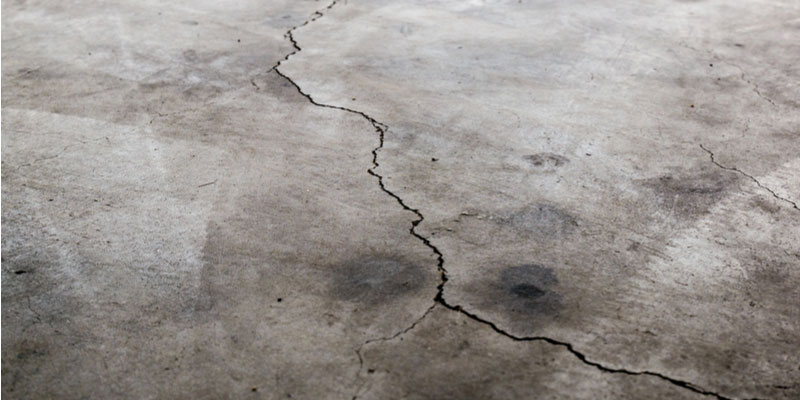Loose concrete can be a common problem in many different areas, from sidewalks and driveways to garage floors and basement walls. Loose concrete can be caused by a variety of factors, including age, weather conditions, and improper installation or maintenance. If left untreated, loose can become a safety hazard and can lead to further damage to your property. In this article, we will discuss some of the common causes of loose concrete and how to fix the problem.
Causes of Loose Concrete
Age: Over time, concrete can become brittle and weakened, which can cause it to crack and become loose.
Weather conditions: Extreme temperature changes, freeze-thaw cycles, and exposure to moisture can cause concrete to expand and contract, leading to cracks and loose sections.
Improper installation: If the concrete was not installed correctly or the base was not properly prepared, it can cause the concrete to shift and become loose over time.
Heavy traffic: Heavy traffic on concrete surfaces can cause the concrete to become worn down and eventually loosen.
Improper maintenance: Lack of maintenance, such as neglecting to fill cracks and holes or failing to seal the concrete, can lead to further damage and looseness.
Fixing Loose Concrete
Remove loose concrete: The first step in fixing concrete is to remove any loose or damaged sections. You can use a chisel or hammer to break away any loose pieces, being careful not to damage the surrounding area.
Clean the area: Once the concrete is removed, it’s important to clean the area thoroughly. Use a wire brush or power washer to remove any dirt or debris and allow the area to dry completely before proceeding.
Prepare the surface: To ensure that the new concrete adheres properly, you will need to prepare the surface by applying a concrete bonding agent. Follow the manufacturer’s instructions carefully, as different bonding agents may have different application methods.
Mix and apply new concrete: Once the bonding agent is applie, mix up a batch of concrete according to the manufacturer’s instructions. Use a trowel or concrete float to apply the new concrete to the prepared surface, being careful to smooth it out and ensure that it is level with the surrounding area.
Cure the new concrete: After the new concrete applied, it’s important to let it cure properly. Depending on the type of concrete and weather conditions, curing time can vary. Follow the manufacturer’s instructions for curing time and be sure to keep the area protected from moisture and extreme temperatures.
Preventing Loose Concrete
Proper installation: Ensuring that the concrete install correctly and the base is properly prepar can help prevent concrete in the future.
Regular maintenance: Regularly inspecting concrete surfaces for cracks and holes and repairing them promptly can help prevent further damage and looseness.
Sealing: Applying a sealer to concrete surfaces can help protect them from moisture and weather damage, which can prevent cracking and looseness.
Avoiding heavy traffic: Reducing heavy traffic on concrete surfaces can help prevent wear and tear that can lead to looseness.
In conclusion
Loose concrete can be a common problem that can lead to safety hazards and further damage if left untreated. By understanding the common causes of concrete and taking steps to fix and prevent it, you can help ensure the safety and longevity of your property. Remember to always follow the manufacturer’s instructions and take necessary safety precautions when working with concrete.

